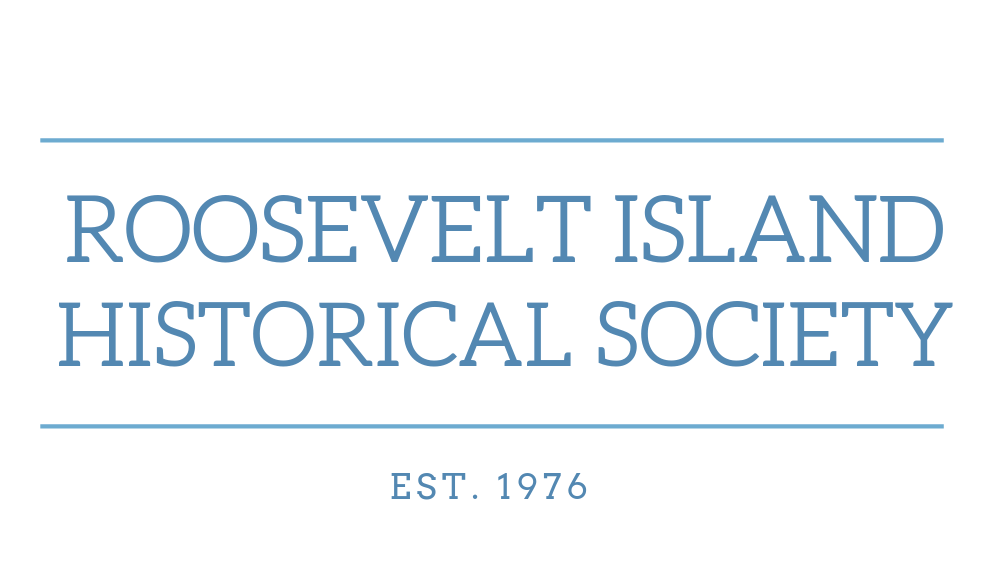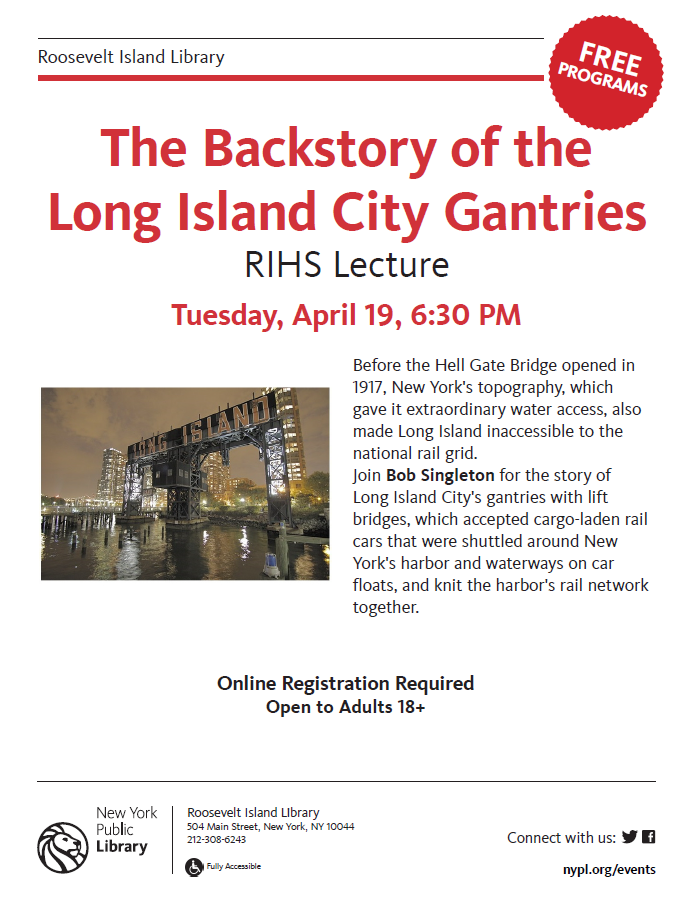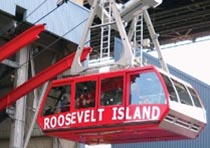Tuesday, April 5, 2022 – SO MANY WONDERFUL RESTORED BUILDINGS ON BROADWAY IN NOHO


TUESDAY, APRIL 5, 2022
641st Issue
THE WALK UP
BROADWAY
NOHO TO
GREENWICH VILLAGE
JUDITH BERDY
&
DAYTONIAN IN MANHATTAN
I decided to walk up Broadway and write about the different buildings I spotted. The first one that attracted my attention was 670 Broadway. You will have to wait fort the rest of the sites, since this building distracted me and a story was born, courtesy of Daytonian in Manhattan.

When Henry Sands Brooks died in 1833 Henry Jr. inherited his father’s men’s clothing business. Then his sons, Elisha, Edward, Daniel and John took over the business in 1850, renaming it Brooks Brothers. Theirs would be the oldest men’s clothier in the United States, founded by their grandfather on April 7, 1818.
Seven years later they moved northward from the Catherine Street to the northeast corner of Broadway and Grand Street. The brothers intended to lure upscale customers and outfitted the store with gas-lit Tiffany chandeliers. And, indeed, they did. The suit Abraham Lincoln wore to Ford’s Theatre on the night of April 14, 1865 was purchased at this store.
Again following the northward migration of the fashionable shopping district, Brooks Brothers moved again in 1869 to Union Square. Here, already, the elegant mansions surrounding the park were being razed as high-end retail emporiums took their place.
In 1873 Adele L. S. Stevens still lived in the magnificent Stevens mansion, one of the survivors of the fashionable Bond Street Area; once the most exclusive residential neighborhood in the city. The old mansion, noted in The New York Times that year as being “well known as the repository of the famous Stevens collection of paintings,” spanned three lots – Nos. 670, 672 and 674 Broadway.
But by now the grand old homes of New York’s wealthy along Broadway were being replaced by commercial structures. The Stevens mansion was no exception. By August the house had been demolished and a new Brooks Brothers building was going up.
“The building, when completed, will, from its admirable site, and the manner in which it is to be constructed, add much to the beauty of Broadway,” predicted The New York Times on August 30, 1873

The line continues northward on a conventional elevated line; below photo shows the next station, 207th Street, (nycsubway.org) looking west. At this point, the #1 line does not follow Broadway, but runs atop Nagle Avenue and 10th Avenue, rejoining Broadway at 218th Street.

Red brick, white stone and cast iron combine in handsome contrast — photo by Alice Lum
“The foundation will be of hard quarry stone and brick,” said the article, “and the walls three feet in thickness. The front will be of dressed brick, with Ohio sand-stone trimmings. The floors will be of yellow pine, sustained by double iron columns…The building, exclusive of the lot, will cost $275,000. The architects are Messrs. J. W. and Geo. E. Harney.”
George Harney produced a five-story store and factory building of red brick with contrasting stone trim. The architect borrowed from several styles. Groups of Romanesque arched openings were supported by brick, stone or cast iron columns. Between the second and third floors, Eastlake detailing was carved into the stone course and enormous, decorative iron tie plates accented the broad, brick pilasters between the third and fourth stories.

The great decorative cast iron tie plates spell out the construction date 1-8-7-3 — photo by Alice Lum
Harney created a visual extension of the cornice by aligning the brick corbels above the top floor with the row of brackets. At the first floor, the exceptional cast iron work was executed by Michael Grosz and Sons.
Brooks Brothers continued to attract the carriage trade. A few days before Christmas in 1876 The Times mentioned that “The firm do not, in fact, pretend to run their business on the cheap-goods basis. No effort is made to attract a large floating customer by offers to sell ready-made clothing at starvation prices—a line of business which involves the keeping of goods as low in quality as in price…Nothing showy, nothing cheap and bad, is offered there.”

| Inside, leafy cast iron column capitals still remain — photo by Alice Lum |
The handsome building at Broadway and Bond Street was the fourth store for Brooks Brothers since the brothers had taken over the business in 1850. And only ten years after settling in, they were on the move again. In 1884 Brooks Brothers moved northward to Broadway and 22nd Street.
The building continued to house clothiers – Hornthal, Weisman & Co., dealers in menswear were here for years. Then, by 1910, the showrooms that once sold men’s suits to the merchant class were home to Broadway Bargain House. The store offered wholesale ready-to-wear garments for men, women, and children. Ten years later the G. H. Hat Works was headquartered here.

Sawtooth designs and incised decorative elements reflect the Eastlake movement — photo by Alice Lum
| When Nessa Sears and Jeannette Epstein purchased the building from David S. Meister in June 1943, there was still a “large clothing store” on the first floor and various manufacturers on the upper floors. Meister had bought the building only a year earlier. The new buyers would not hold on to the property any longer than he did. A year later in May the building was sold again to an investor. Tenants were paying a total of approximately $23,000 per year on the building valued at $150,000. In the 1950s the diversity of tenants continued with Magna Products Co., an automobile parts firm, having space here as well as Librik Brothers, which made jewelry cases. In 1956 the hat manufacturer M. Barsky & Co. was forced out of its building at 186 Wooster Street to make way for the Washington Square-New York University development project. The company purchased the old Brooks Brothers building with “plans to modernize the Broadway structure and use a major part of it,” according to a press release. |

Window columns boast beautiful stylized bases and capitals. Each of the incised rosettes is unique. — photo by Alice Lum Before long the Empire State Cap and Cloth Hat Manufacturers Association, a workers union, established its offices here. Today the store continues its original purpose – a clothing store on the first floor and manufacturing spaces above. Although there have been some changes, the façade is remarkably intact and first floor ironwork is, miraculously, preserved. And, by the way, Brooks Brothers did not stay overly-long in their Broadway and 22nd Street store – in 1915 they moved on to Madison Avenue and 44th Street. |

https://www.nypl.org/events/programs/2022/04/19/rihs-lecture-backstory-long-island-city-gantries
Tuesday Photo of the Day
SEND YOU RESPONSE TO ROOSEVELTISLANDHISTORY@GMAIL.COM
(PLEASE SEND YOUR COMMENT ON THE LATEST TRIP HAZARD
WHEN RIDING THE NYC SUBWAYS)

MONDAY PHOTO OF THE DAY
THE RIHS VISITOR CENTER KIOSK WHEN
IT ARRIVED FROM THE BROOKLYN
CHILDREN’S MUSEUM IN 2006.
GLORIA HERMAN, ANDY SPARBERG, ALEXIS VILLAFANE, NANCY BROWN,
HARA REISER, VICKI FEINMEL. AL GOT IT!!
FROM:
SUMIT KAUR
Good morning,
The answer to Monday photo of the day is
“Visitor Centre, Roosevelt Island”
Picture shows it being set in position after being lifted from its original position.
Congratulations Judith Berdy for the timely initiative – its a gem that greets the visitor to the island.
FROM ED LITCHER
One of what was originally five exquisite entrance and exit kiosks, rendered in beautiful Beaux Arts terra cotta, that used to stand at 2nd Avenue and East 60th Street where trolleys from Queens let out, or accepted passengers from an underground station. The kiosks, is dwarfed by the Queensboro/59th Street/Ed Koch Bridge, as well as one of the huge stanchions that carry the tramway wires. The bridge was one of the last bastions of trolley traffic in Manhattan, as the line that left people of mid-span, to be carried by elevator to the island, until it was shuttered in the late 1950s. Both kiosks, this one and one that has been allowed to remain on 2nd Avenue, go all the way back to the year the Queensboro opened in 1909. Trolley service to the bridge ended in 1957 when the Welfare Island, now Roosevelt Island Bridge opened to Astoria.
Thus the five Beaux Arts kioks were orphaned. Three were executed, one remained in place, and one was shuffled off in 1970 to the Brooklyn Children’s Museum in Bedford-Stuyvesant’s Brower Park, where it was used as the main entrance. However it was in danger of being discarded when the Museum planned a complete renovation by famed architect Rafael Viñoly. However, at the intercession of the Roosevelt Island Historical Society’s Judy Berdy, who worked with the BCM and several other agencies, in 2006 the kiosk was transported to the very spot where the trolley elevator landing was once located, where it now serves as the Roosevelt Island Historical Society‘s visitor center.

Text by Judith Berdy
Thanks to Bobbie Slonevsky for her dedication to Blackwell’s Almanac and the RIHS
Thanks to Deborah Dorff for maintaining our website
Edited by Melanie Colter and Deborah Dorff
Sources
DAYTONIAN IN MANHATTAN
JUDITH BERDY
All image are copyrighted (c) Roosevelt Island Historical Society unless otherwise indicated
FUNDING PROVIDED BY ROOSEVELT ISLAND OPERATING CORPORATION PUBLIC PURPOSE GRANTS CITY COUNCIL REPRESENTATIVE BEN KALLOS DISCRETIONARY FUNDING THRU DYCD


Copyright © 2022 Roosevelt Island Historical Society, All rights reserved.Our mailing address is:
rooseveltislandhistory@gmail.com

Leave a comment